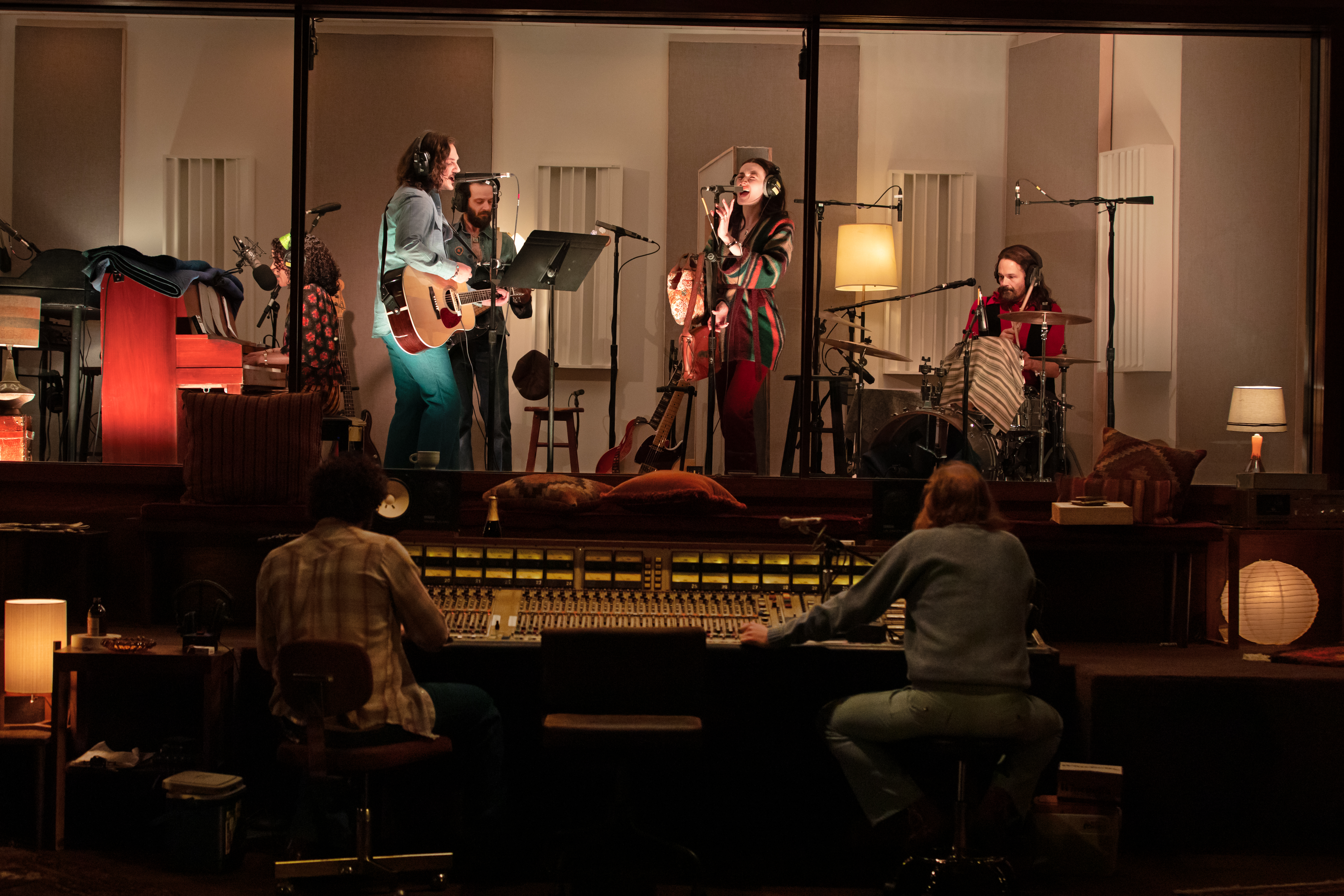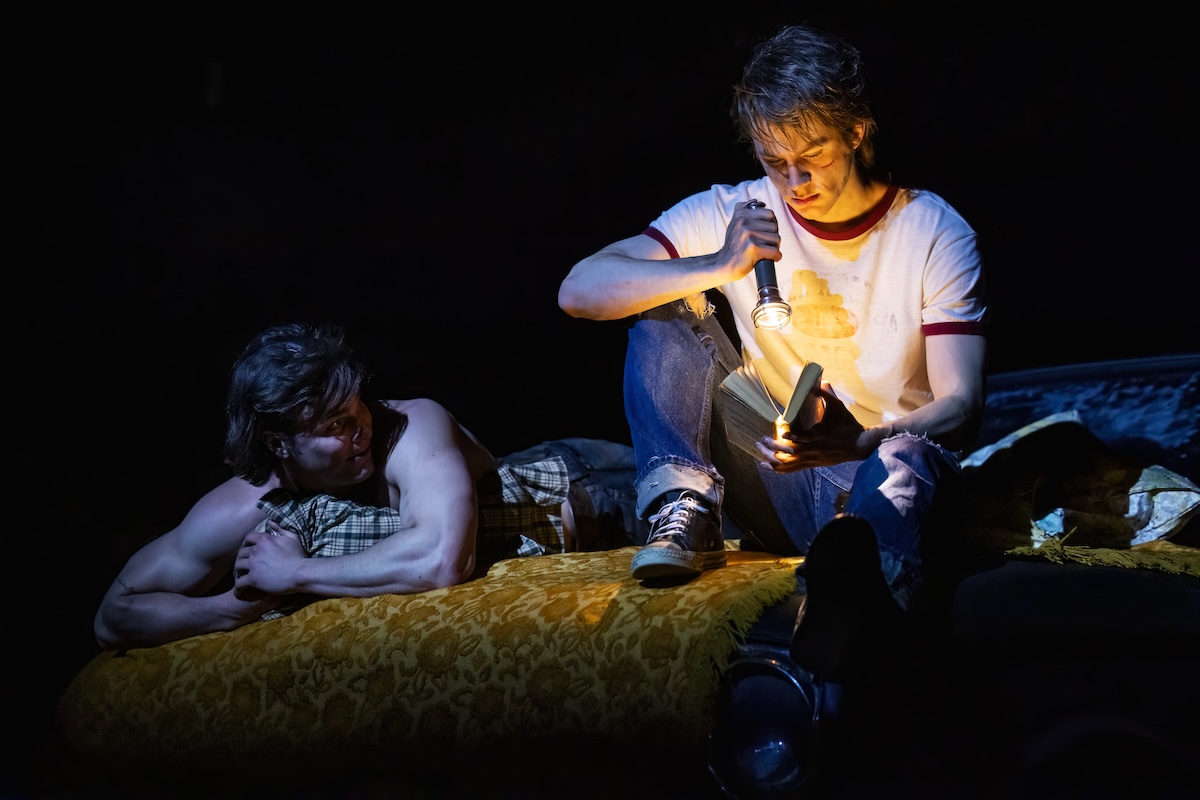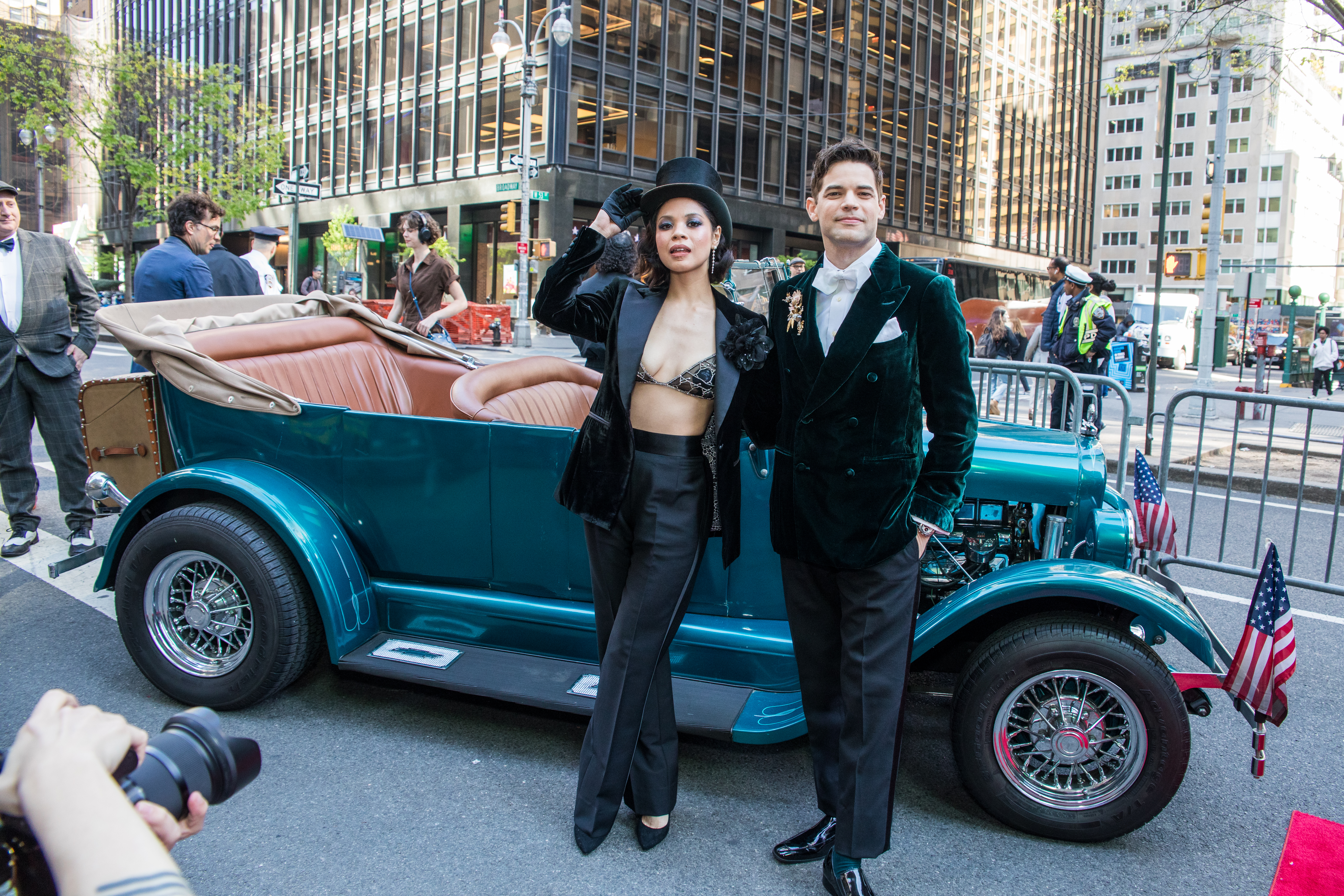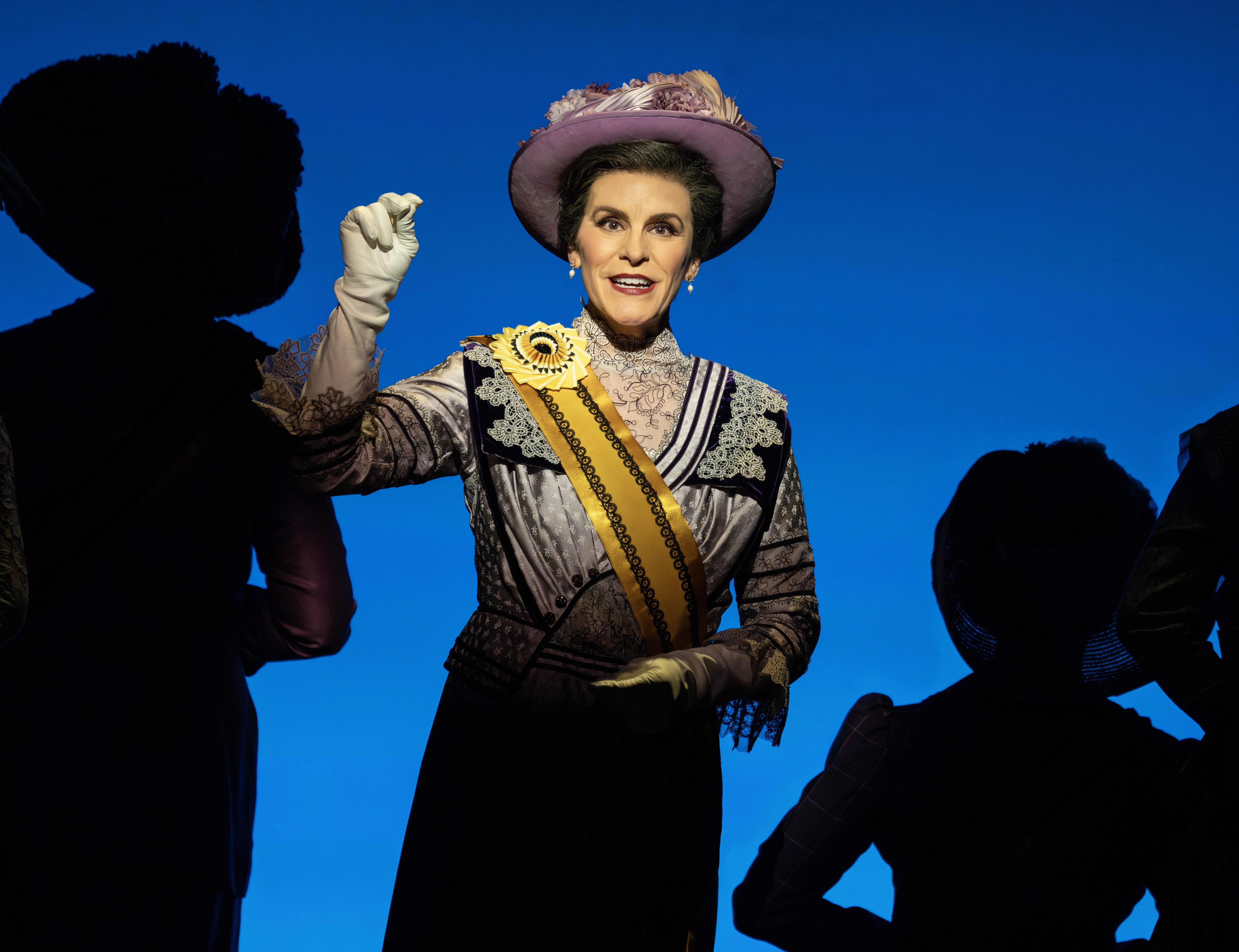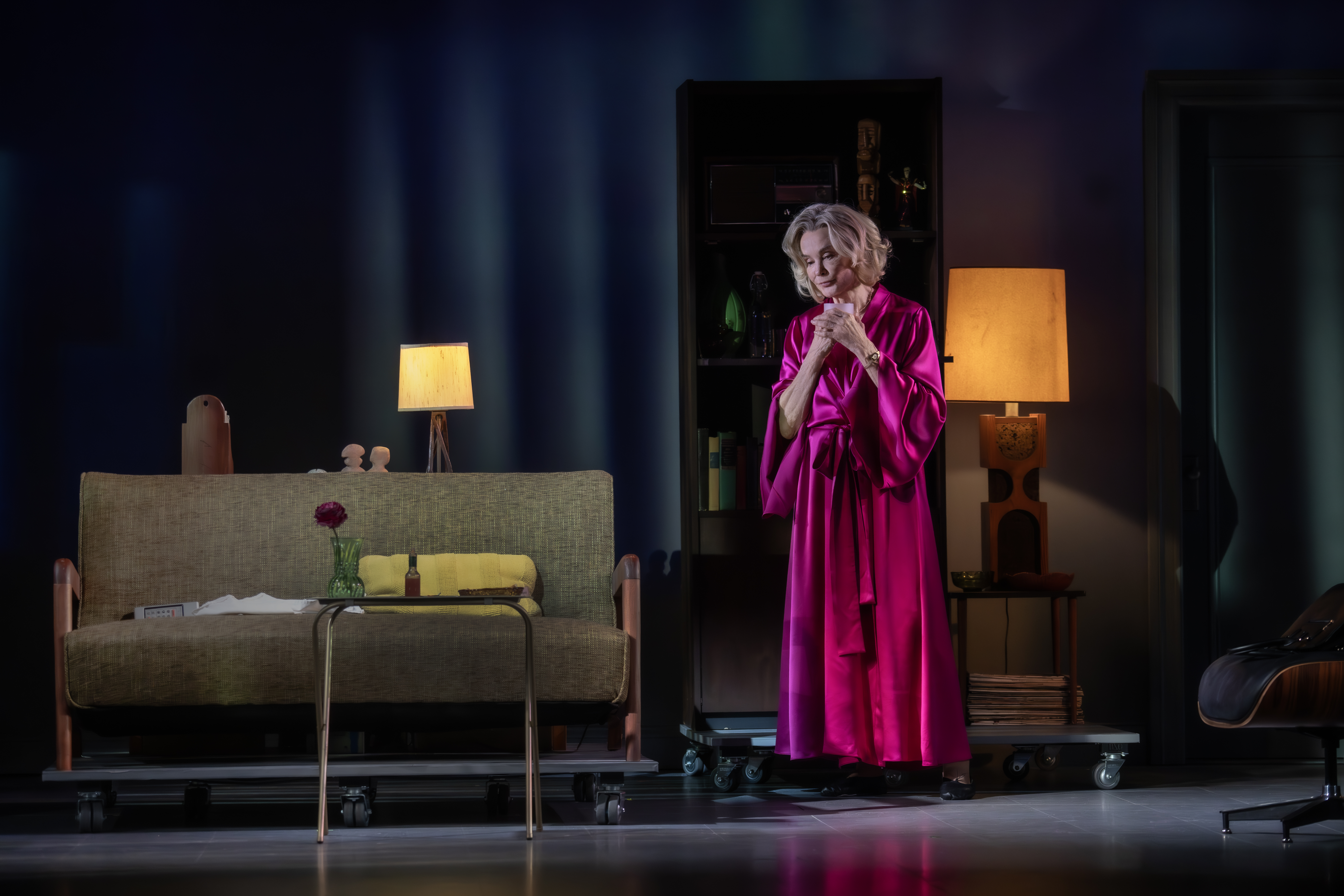Scenes From an Execution
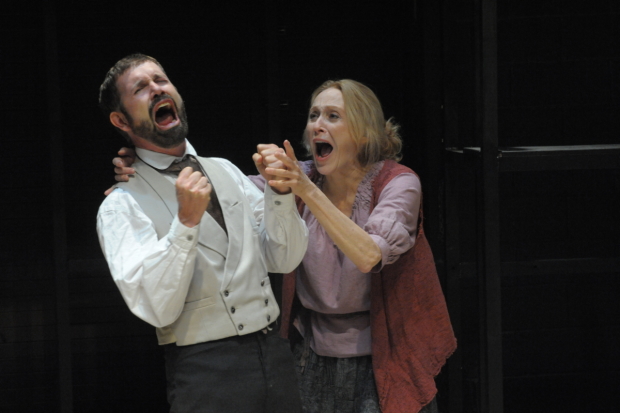
(© Stan Barouh)
The Potomac Theatre Project revives Howard Barker's poetic ode to artistic integrity with a month-long run of Scenes From an Execution at Atlantic Theater's Stage II. The company first presented the play in 2008 and brings back its original off-Broadway star Jan Maxwell, who magnificently reprises her Drama Desk Award-nominated performance from seven years ago (the piece was originally presented in 1984 as a radio play and premiered at London's Almeida in 1990) — and according to Maxwell's recent statements, the performance also marks her retirement from the stage. If this is indeed her swan song, it makes for a rather shadowy exit as the five-time Tony nominee prepares to take her final curtain call in a basement theater in Chelsea. Then again, as a walking master class who has always flown just beneath the radar of Broadway stardom, this modest finale fittingly joins the rest of her stage credits as another unassuming work of perfection.
Scenes From an Execution continues both PTP and Maxwell's long-standing relationship with Barker, a British playwright who has categorized his esoteric and discomfiting works into the self-coined genre of "theatre of catastrophe." Just last year, Maxwell earned a Drama Desk nomination for her starring role in Barker's The Castle, an iconoclastic tale of war, sex, and social hierarchy in Medieval England. Similar themes make their way into Scenes (set slightly later in 16th-century Venice), but in its context of the battle between artist and state, much less mind craning is required to understand (and enjoy) Barker's luscious prose.
The bulk of this juicy language falls to Maxwell, who savors monologue after monologue on a nearly bare stage (sparsely designed by Hallie Zieselman with a few black chairs and tables) beneath Mark Evancho's soft Renaissance-inspired lighting. The actress stars as Galactia, a renowned Venetian painter with sensibilities — both artistic and romantic — that are singularly unfeminine in the traditional sense of the word. Legs spread, hair tousled, raw sexuality dripping from the sleeve of her free-flowing peasant garments (designed by Jule Emerson), she dominates her lover — the married and objectively less talented artist Carpeta, played with antithetical meekness by David Barlow. She mocks both his sensitivity and his lack of artistic originality as he repeatedly paints the pious "Christ Among the Flocks" while she ruthlessly probes for human suffering to jot down in her sketch book.
Galactia's next and potentially greatest project is a commission by the state of Venice — a thousand-square-foot portrait of Spain's bloody victory over the Ottoman Empire at the Battle of Lepanto. The Doge of Venice (a regally pompous performance by the excellent Alex Draper) sees the commission as an opportunity to celebrate the Venetian conquest; Galactia sees it as an opportunity to expose the depravity of war; and famed art critic Rivera (played with an aristocratic haughtiness by Pamela J. Gray), holds all of their cards as the powerful messenger of taste to an abiding public. Artistic soul searching, professional blackballing, and a political game of cat-and-mouse ensue, with occasional narrative interjections by "The Sketchbook" (a poised Meghan Leathers) who describes the elements in Galactia's overwhelmingly gruesome scene.
Fortunately for director Richard Romagnoli, whose leading lady dwarfs the rest of his lackluster company, Barker writes Galactia as a mythically imposing figure, swallowing up everything that impedes her path to truth and creative fulfillment. Maxwell dives into this powerful character with humor and unflinching abandon, while exposing a few chinks in her indestructible armor as she, through her hard-nosed battle with the Venetian government, learns to feel the messy emotions she struggles to capture in her artwork. The result is a thought-provoking and surprisingly accessible exploration of the line between art and artist, the divide between artist and audience, and the everlasting moral battle between personal integrity and, as Sondheim said best, "the art of making art." Though, watching Maxwell, you would never guess that "art isn't easy."



